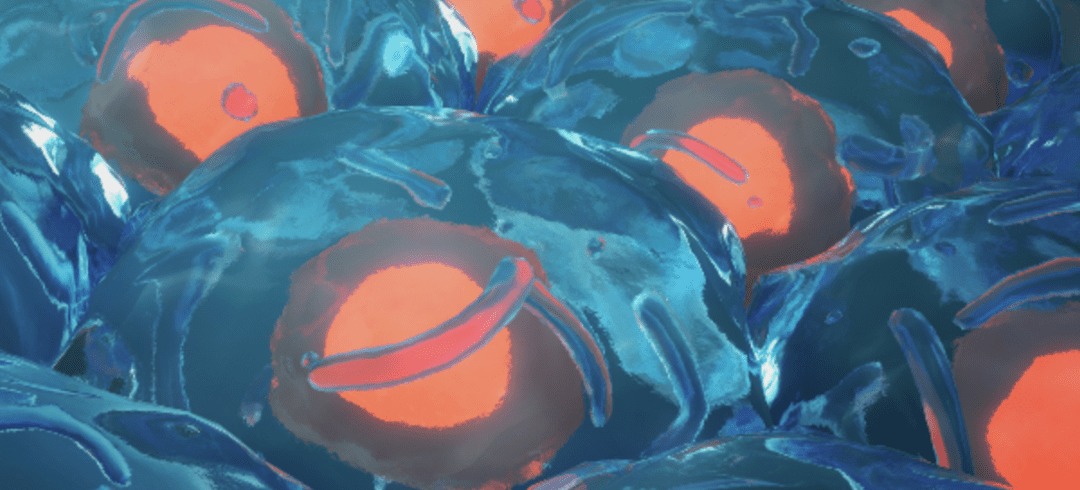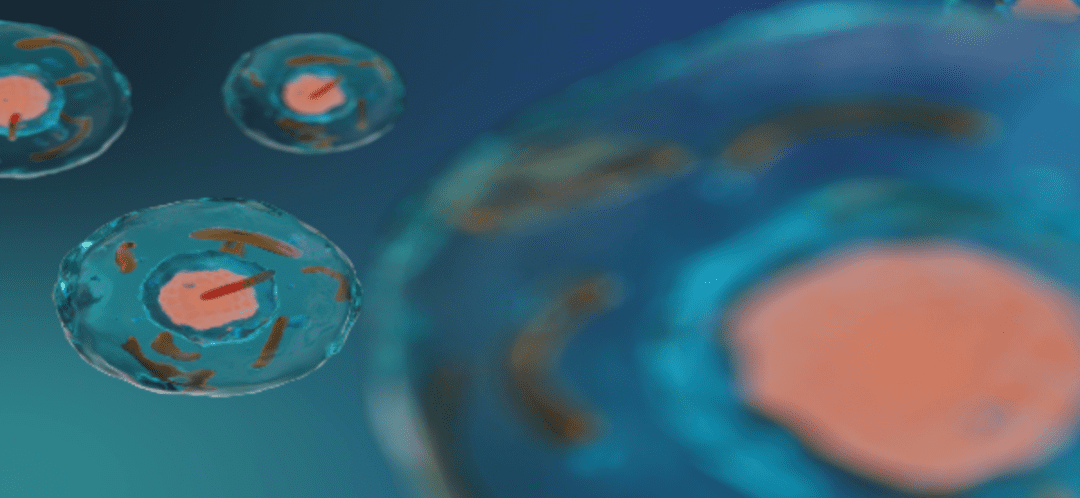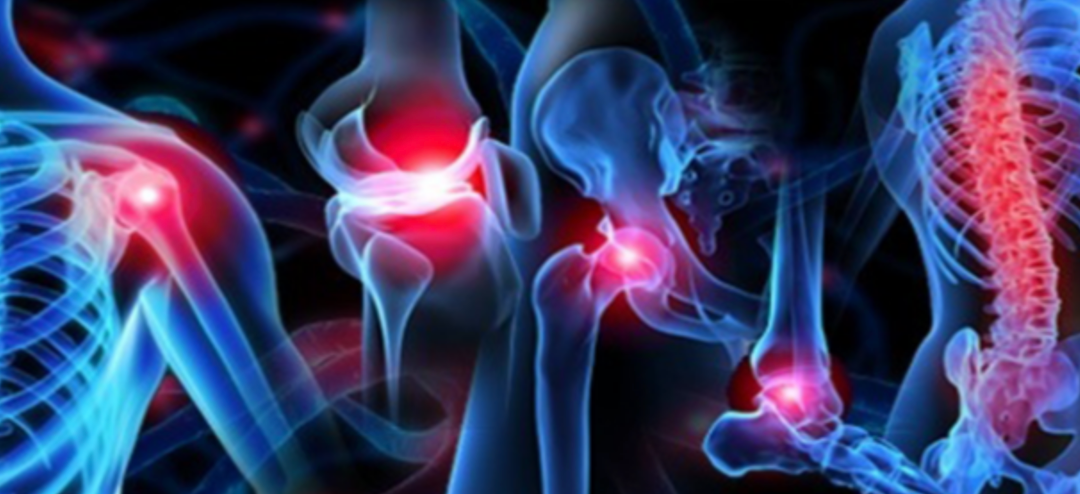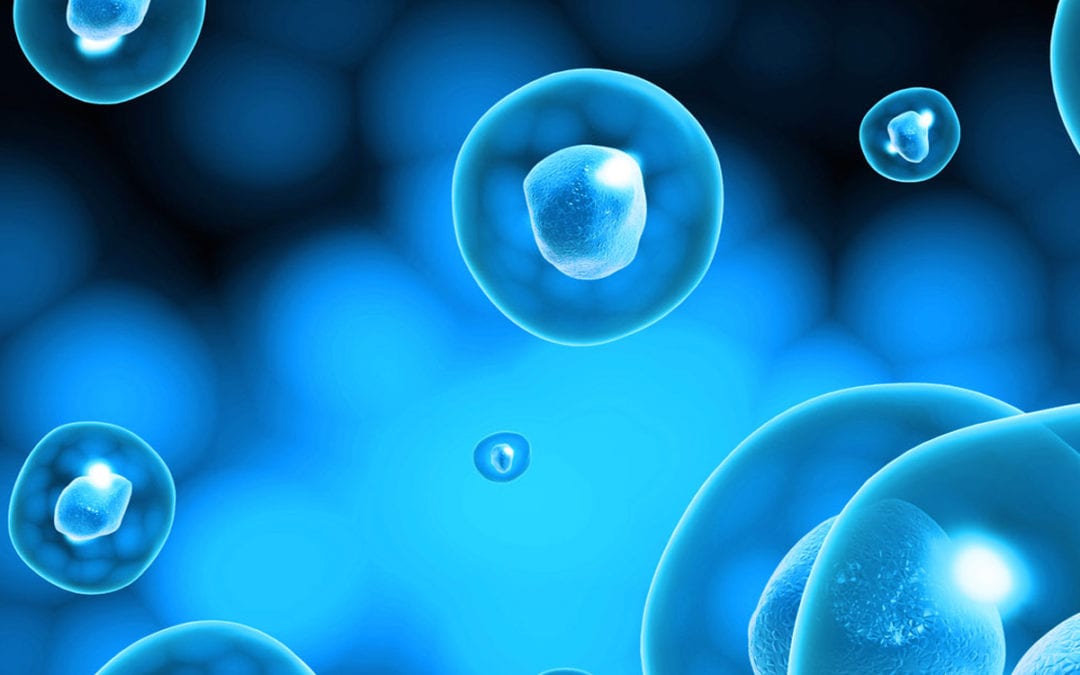
by Stemedix | Jul 19, 2021 | Stem Cell Therapy, Athletic Injury
Athletic activities present the possibility of injury. When athletes face joint, tendon, or muscle damage, they need effective treatments to allow them to become active again. So do athletes get stem cell injections?
For many types of injuries, traditional medical approaches include surgery. However, surgeries often entail long recovery times, painful procedures, and scarring. Some athletes, such as Major League Baseball pitcher Max Scherzer, have undergone stem cell injections as an alternative.
Stem Cell Therapies for Athletic Injuries
Max Scherzer is a pitcher for the Washington Nationals. Recently, Scherzer sustained a back injury that prevented him from playing in several games.
He is the latest of professional athletes to use stem cell injections as a treatment for sports injuries. Many athletes have reported significant improvements in their condition following these innovative therapies.
Understanding Stem Cells
Stem cells are a type of simple cell. They are found in many different tissues in the human body. The body uses these cells to heal from injuries and accidents. When they are concentrated and injected into an injured area of the body, stem cells have the potential to assist with recovery.
Stem cell injections help to expedite the body’s natural healing processes. These treatments may help to repair tendons, ligaments, and cartilage. In doing so, they represent an invaluable approach for athletic injuries.
Stem Cell Treatments for Athletes
Most injured athletes have the same goal: to recover as quickly as possible. While this goal makes sense from a career perspective, reaching a full recovery is crucial. When they return to the game, they can feel confident that their bodies are in good working order. Full recoveries also prevent potential future injuries.
Some evidence suggests that injections of concentrated stem cells can help joints and muscles to fully recover faster. Innovative treatments, including stem cell injections, can allow athletes to regenerate new functional tissue. Oftentimes, stem cell therapies are applied in conjunction with more traditional medical approaches. These include:
Many athletes, like Scherzer, have experienced the benefits of stem cell treatments for athletic injuries.
Noninvasive and the Beneficial Potential
Beyond acute injuries, stem cell treatments can be used to potentially treat long-lasting pain in athletes. Whether the pain is caused by a single event or a chronic condition, stem cell treatments have the potential to help patients regenerate tissue and heal naturally. Stem cell injections offer athletes a very short recovery time. Typically, patients recover in three to four days.
When performed correctly and by an experienced board-certified provider, these injections present almost no risks of complications or infections. For athletes, the noninvasive nature of stem cell therapies and quick recovery times are invaluable. If you would like to learn more or schedule an appointment contact a care coordinator today!

by Stemedix | Jul 12, 2021 | Stroke, Stem Cell Therapy
Every 40 seconds, someone in the United States suffers a stroke. These medical emergencies are one of the most common causes of long-term disability in this country. These events, which usually result from clots that prevent blood from flowing to part of the brain, can dramatically impact the lives of both patients and their families.
Strokes can cause a range of impairments in patients, all of which can lower a patient’s quality of life. Patients can experience problems with motor control, memory, speech, and a range of other areas. Because the brain doesn’t regenerate brain cells, it can be difficult to fully recover from a stroke’s effects.
Traditionally, treatment plans for stroke patients have included a combination of several different physical therapies, including occupational and speech therapy. While this treatment method can help restore some lost functionality by rewiring the brain, there seems to be a limit on the effectiveness of this treatment, which tends to depend on the severity of the stroke.
However, recent research suggests that stem cell therapy may be able to improve long-term outcomes for stroke patients. When combined with physical therapy, stem cells can offer stroke patients significant relief from their symptoms.
How Stem Cells Are Used to Treat Stroke Patients
Because stem cell therapy is still relatively new in treating stroke patients, several studies are currently investigating different methods for administering stem cells. These research projects will determine which strategies are most effective for different types of stroke patients.
For example, one study looks at how stem cells isolated from patients who have suffered strokes can potentially help regenerate brain tissue. In another study, scientists have examined the effectiveness of extracellular vesicles, which are substances derived from stem cells. Both of these studies show a great deal of promise for stroke patients.
One promising study is investigating injecting stem cells into the damaged area of the stroke patient’s brain. Once these special cells are in the brain, they can potentially start regrowing brain cells.
Benefits of Stem Cell Therapy
When used in conjunction with physical therapies, stem cells can improve neurological stroke symptoms, including muscle control, vision problems, and speech deficiencies. They also show promise in suppressing brain inflammation, one of the significant obstacles to recovering from a stroke.
While there is no “cure” for stroke patients, stem cell therapy offers an exciting new frontier in helping their recovery and improving their quality of life. If you would like to learn more contact a care coordinator today!

by Stemedix | Jul 5, 2021 | ALS, Stem Cell Therapy
For those who are suffering from Lou Gehrig’s Disease — now commonly referred to as Amyotrophic Lateral Sclerosis (ALS) — finding treatment for the condition can seem like a never-ending quest. Stem cells have been used for several years to treat a wide variety of diseases, and many of these treatments point to the potential for further exploration.
Some of the beneficiaries of this process are ALS sufferers. Although there is no cure for ALS, stem cell therapy offers the chance to slow the progression of the disease while also helping to control its symptoms. While there are currently drug treatments available to address the disease, they all have side effects and may offer only limited means of controlling ALS.
In contrast, regenerative medicine, also known as stem cell therapy, offers a new avenue for pursuing ALS treatment, one that shows promising potential for improving patient outcomes over the long term. Regenerative medicine provides patients another path to managing their condition, one that may provide improved symptoms and potential long-term benefits.
What are Stem Cells?
The primary cells used for ALS-related stem cell therapy are called mesenchymal stem cells. These cells are derived from adipose (fat) or umbilical cord (Wharton’s Jelly) cells, and they have a unique ability to differentiate themselves into a wide variety of tissues.
Once inserted into the human body, the goal is to have them protect against cell loss by regrowing nerve cells and pathways in the brain.
Stem cell procedures like the ones used for treating ALS are generally considered to be safe, as patients rarely suffer from complications or side effects. In a study published in Neurology, for example, patients treated with mesenchymal cells did not show a markedly elevated risk for complications.
Expected Outcomes
While stem cells for ALS patients should not be seen as a potential cure, many patients have reported improvement in some areas, including:
- Repairs in nerve damage
- Reduced progression of the disease
- Motor skill improvements
- Higher energy levels
While these results can’t be guaranteed for all patients, they represent major steps forward for those who have not had success with traditional treatments or those who need more help in dealing with progressively worse symptoms of ALS.
Like many treatments for ALS, stem cell therapy is considered to be experimental, which means that it does not have approval from the FDA. However, regenerative medicine may offer a window to an improved patient experience by easing symptoms of the disease that would otherwise be debilitating. If you would like to learn more or schedule a consultation, contact a care coordinator today!

by Stemedix | Jun 28, 2021 | Stem Cell Therapy
Orthopedic conditions can present many challenges to patients. Chronic orthopedic problems often result in ongoing pain and discomfort. Traditional medical approaches to injuries and joint-related ailments often require painful surgeries. These invasive procedures can involve difficult and extended recovery times. Common examples of orthopedic problems include:
Fortunately, many patients have found relief for their chronic orthopedic problems through stem cell therapies.
Understanding Stem Cell Therapy
Regenerative Medicine, also known as stem cell therapy, is a new area of medical science that is showing promise for patients facing chronic conditions.
Mesenchymal stem cells (MSC) are naturally produced by the body. They are a type of “simple” cell that can be used to develop a wide range of complex cells. When they are properly administered into an injured or affected area on the patient’s body, stem cells can:
- Help to alleviate inflammation.
- Promote healing processes.
- Generate new tissues.
Stem cells can be collected from umbilical cord, bone marrow, or adipose (fat) tissues. Once extracted, a board-certified professional can use a concentration of MSCs to administer to targeted areas of the body. In some instances, the provider may use imaging technology to ensure that the injection is placed accurately.
Stem Cell Therapy for Chronic Orthopedic Conditions
Over the past thirty years, doctors and patients have seen many benefits to MSC therapy. In many cases, these alternative treatments can help patients to avoid surgery and relieve pain.
Stem cell therapy is non-invasive. Stem cell therapies are not cure-all treatments and cannot be a guarantee. They provide an option for management of symptoms and to help halt or slow down the progression of one’s condition. For some conditions, other therapies may be necessary.
A therapy provider may recommend stem cell treatments in conjunction with platelet-rich plasma (PRP) therapy. PRP therapy involves concentrating platelets from the patient’s blood and injecting them into the soft tissue of painful joints. When used to supplement MSC therapies, PRP may help to:
- Reduce joint pain
- Slow cartilage destruction
- Stimulate cell repair and growth rate
- Provide a faster level of healing
Research suggests that many patients with chronic orthopedic conditions may be helped by MSC therapies. For instance, MSC therapy has been shown to potentially halt the progressive symptoms of osteoarthritis. These exciting and innovative treatments offer many potential benefits to patients who are suffering from chronic orthopedic conditions. If you would like to learn more then contact us today and speak with a care coordinator.

by admin | Jun 18, 2021 | Stem Cell Research, Glaucoma, Stem Cell Therapy
Characterized by vision loss caused by progressive damage to the optical nerve, glaucoma continues to be the second leading cause of blindness worldwide. Although painless, the glaucoma-induced cupping, thinning, and structural damage caused to various parts of the eye causes vision loss that starts in the periphery and gradually travels inward, eventually resulting in a total loss of vision.
Current treatments for glaucoma are mainly pharmacologic, laser-based, and surgical procedures that reduce the eye’s intraocular pressure (IOP), the most treatable risk factor of glaucoma. While these treatments have been demonstrated to be effective in treating the symptoms associated with glaucoma, they are not able to restore vision that has already been lost as a result of glaucoma.
The purpose of Chamiling et al.’s review is to evaluate the current developments surrounding the use and effectiveness of stem cell therapy, not only to treat the symptoms of glaucoma and other optic neuropathic conditions but also to explore the potential of restoring vision loss resulting from these conditions.
According to the authors, while most glaucoma-based therapies center around controlling IOP, they fail to address the main contributing factors associated with glaucoma-associated vision loss – which include axonal damage and loss of retinal ganglion cells (RGCs), the neurons that make up the optical nerve and that are responsible for transmitting visual images from the eye to the brain.
In their natural state, RGCs are what’s considered postmitotic; in other words, they are cells that do not regenerate. This means that any vision loss sustained as a result of the loss of these RGCs is permanent and unable to be reversed. Adding to the severity of early glaucoma is the fact that significant damage to, and loss of, RGCs typically occur before the first signs of developing visual issues are detected.
However, with the recent advancements in cell-based therapies, and considering the field’s rapid-developing understanding of ocular regeneration, there is hope that science will soon be able to advance options that not only treat glaucoma but also restore vision lost as a result of the condition. As such, Chamiling et al. focus this review primarily on the use of stem cell-derived RGCs for drug discovery and transplantation-based therapy in four specific areas: control of intraocular pressure; using pluripotent stem cells as a source of RGCs; stem cell-derived RGCs for transplantation and vision restoration; and using stem cell as a source for neurotrophic factors (NTF).
Through their review of the literature and, in part, a summary of advanced discussions held at the 2015 Ocular Research Symposia Foundation’s “Sight Restoration Through Stem Cell Therapy” meeting, the authors conclude that advancements in our understanding of stem cells combined with key advancements made in the field of ocular biology have resulted in the ability to differentiate human stem cells into a number of different ocular cell types.
While much of the research and trials examined has involved animal models of study, the progression of these efforts has led to a number of human trials exploring the differentiation of stem cells into retinal pigment epithelial cells. In addition, and more specifically related to glaucoma, recent studies demonstrate significant potential for the differentiation of stem cells into trabecular meshwork (TM) and RGCs as well as the opportunity to be used as a way to secrete NTFs.
As a result of this review, Chamling et al. call for continued study into the potential of human stem cells for the treatment of glaucoma while also concluding that the rapid advancement in stem cell technology continues to provide the pathway to further understanding of stem-cell applications in this field and to offer new hope for using cell-based therapies as a way to restore vision lost as a result of glaucoma or other optic nerve conditions.
Source: (2016, April 1). The Potential of Human Stem Cells for the Study … – PubMed – NIH, from https://pubmed.ncbi.nlm.nih.gov/27116666/

by Stemedix | Jun 14, 2021 | Traumatic Brain Injury, Stem Cell Therapy
Traumatic brain injury (TBI) is an extremely challenging condition for many patients to face. According to the Centers for Disease Control and Prevention (CDC), from 2006 to 2014, the number of TBI-related emergency department visits, hospitalizations, and deaths increased by 53%. Those who survive after a TBI may experience irreversible neurological symptoms that can sustain for the rest of their lives. However, there is some evidence that suggests that stem cell therapy may help in the treatment of TBI. There are many benefits of Stem Cells.
How Stem Cells May Benefit A Patient With A Traumatic Brain Injury
Mesenchymal stem cells have the ability to differentiate into any type of cell and tissue. They can become any type of cell in the body, including ones that do not normally replicate. For instance, you often hear that you have the same number of nerve cells since birth. Recent evidence suggests that neurons can regenerate in certain cases, but, the rate of regeneration is not sufficient to restore some lost functions after irreversible damage (e.g., TBI, stroke).
For this reason, scientists are studying stem cells since they have the potential to differentiate, regenerate, and repair, to help patients with neurological conditions, such as multiple sclerosis, strokes, and traumatic brain injuries.
What Does Science Say About Stem Cells And TBI?
In recent decades, mesenchymal stem cells obtained from the bone marrow, umbilical cord, and adipose tissues demonstrated impressive potential in the management of TBI. There have been clinical studies that describe the administration of stem cells via a lumbar puncture and/or intravenous (IV) methods to patients with TBI. After the evaluation of these patients using imaging techniques (i.e., MRI, fMRI), lesions in the brain showed improvements after each treatment session.
Today, dozens of clinical trials are still being conducted to get a deeper understanding of the effects of stem cell therapy on patients with TBI. With that said, and based on the available results, patients with TBI conditions may find this treatment method as an encouraging option. Research will continue as scientists keep studying this new advancement in regenerative medicine.
Stem cells have an incredible ability to divide into any type of tissue, opening the door for endless therapeutic options in not only neurodegenerative conditions, such as TBI but for autoimmune and orthopedic conditions as well. If you would like to learn more then contact a care coordinator today!







 St. Petersburg, Florida
St. Petersburg, Florida
